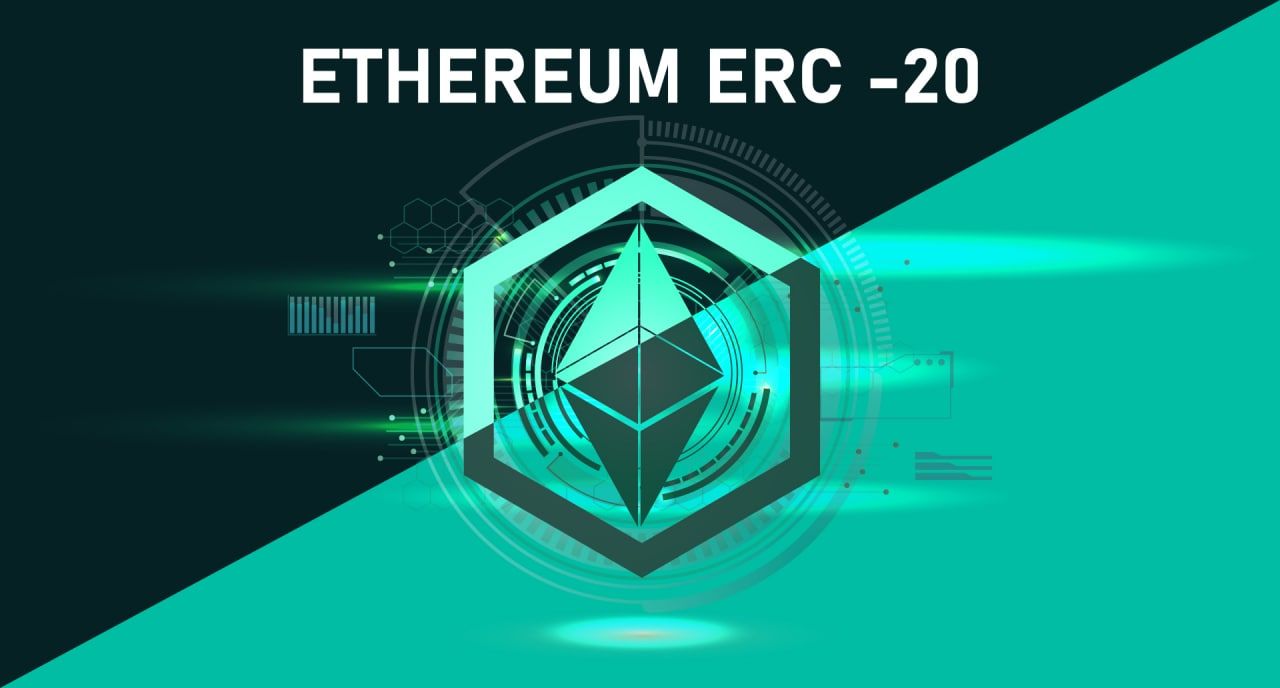
ERC-20 tokens have emerged into the crypto landscape as a fundamental component of the Ethereum blockchain. They are touted for facilitating the creation and exchange of digital assets in a decentralized ecosystem.
These tokens must adhere to a standard called ERC-20, which defines a set of rules and functionalities that govern their behaviour on the Ethereum network.
If you want to under what these tokens are, you need to grasp the dynamics of tokenization and its broader implications for various applications that include DeFi, NFTs, and more.
Understanding ERC-20 Tokens
ERC-20 tokens represent fungible assets, which means that these tokens have an identical nature and can be interchanged with other tokens of the same type. The fungible characteristics of these tokens allow for a seamless transfer and exchange process.
The seamless transferability results in making these tokens suitable for a wide range of use cases. These tokens can also be divided into smaller units, allowing them to be used for transactions involving exact amounts. For example, if you have 100 of these tokens, you can divide them into smaller units, such as 0.1 or 0.01 tokens, and perform transactions with these fractions.
One of the well-known defining features of the ERC-20 tokens is their compatibility with Ethereum-based smart contracts and decentralized applications (DApps). Developers can integrate these tokens easily into their projects and use the standardization aspect of these tokens to their desired advantage.
The main benefit that can be derived from this process is interoperability, which is fundamental in fostering innovation and enabling developers to aid in the creation of diverse token ecosystems that connect with other ecosystems seamlessly on the Ethereum blockchain.
The ERC-20 tokens are required to follow protocols that are outlined in the ERC-20 standard. These functions include the ability to transfer tokens between different addresses, verify the balance on any of these addresses, and approve an allowance for another address to spend tokens on behalf of their owner.
ERC-20 tokens ensure consistency and compatibility across different projects and platforms by adhering to these standardized functions.
Features and Characteristics
These tokens’ key characteristics and features have proved vital in their widespread adoption and utility within the Ethereum ecosystem. We look at some of the well-defined features of these tokens to understand why their popularity has increased with time, and we also look at the potential applications of these tokens.
Fungibility
The primary characteristic of ERC-20 tokens is that they are fungible, meaning each token is interchangeable with every other token of the same type. The fungibility aspect of these tokens allows them to have a uniform value and functionality. It also enables seamless exchange and transfer of tokens, the result of which is that we get increased liquidity and market efficiency.
Example: Suppose you have 50 UNI tokens on Uniswap, an Ethereum-based platform for trading digital assets. These UNI tokens represent your voting rights and ownership stake in the Uniswap protocol.
The critical characteristic of UNI tokens is fungibility, meaning that every UNI token is identical to every other. They all hold the same voting power, represent the same ownership stake, and have the same market value, regardless of when or how you obtained them.
The fungibility aspect makes it much easier to trade and use your UNI tokens:
- You can easily trade your 50 UNI tokens on Uniswap for other ERC-20 tokens on the platform. The platform doesn’t distinguish between your specific tokens and any others available.
- The fungibility of UNI tokens contributes to a more efficient market where the overall price of UNI is determined by supply and demand, not individual token characteristics.
- You don’t need to worry about tracking individual tokens or their history. Any UNI token you hold functions the same as any other.
However, it’s crucial to remember that fungibility applies within the UNI token type. It would be best if you converted them to a common currency like ETH before directly trading your UNI tokens for Maker (MKR) tokens on Uniswap.
Divisibility
Divisibility in ERC-20 tokens refers to the ability to break down a single token into smaller units. The divisibility aspect is achieved by specifying a decimal places value within the token contract.
While technically infinitely divisible, most tokens have a pre-set number of decimal places (commonly 18) to represent smaller fractions.
Example: Imagine you own 1 UNI token, which currently costs $100. Due to its divisibility with 18 decimal places, you can break it down into smaller units called Wei. There are 10^18 wei in 1 ETH, so 1 UNI token would be equivalent to:
- 1 UNI = 100 * 10^18 wei (100 x 1 ETH)
- 1 UNI = 0.000000000000000001 ETH (expressed in ETH)
The benefits you can get from divisibility are:
- Microtransactions: You can send or receive fractions of a UNI token, enabling transactions of any value, even tiny ones. These transactions allow for greater flexibility and broader use cases.
- Precise pricing: When buying or selling UNI tokens, you can specify the exact amount you want in decimal units, ensuring accurate transactions.
- Fractional ownership: You can represent partial ownership of a single token through its divisible units.
You should know some limitations, including network fees, minimum transaction size, and the number of decimals being fixed.
Transferability
ERC-20 tokens have a standardized transfer function defined that allows for seamless movement of these tokens between different addresses on the Ethereum blockchain. The standardized function allows for compatibility and interoperability across other platforms and wallets.
Smart Contract Integration
These tokens are also compatible with Ethereum-based smart contracts. The compatibility allows developers to incorporate token functionalities into their decentralized applications (DApps).
The benefit of such integrations is that they allow for the automation of token-related processes like token swaps, token transfers, or token vesting. They also aid in the creation of complex financial instruments and decentralized systems.
Decentralization
As native assets of the Ethereum blockchain, ERC-20 tokens inherit the decentralized nature of the underlying network. Transactions involving these tokens are executed and recorded on a distributed ledger, ensuring transparency, security, and censorship resistance.
Overall, the features and characteristics of these tokens contribute to their versatility, liquidity, and accessibility, making them a driving force behind the growth of decentralized finance and tokenization.
Use Cases and Applications
Now that we have defined the characteristics of these tokens, we are going to explore how these characteristics lead to their widespread adoption across various industries and applications within the Ethereum ecosystem:
Initial Coin Offerings (ICOs)
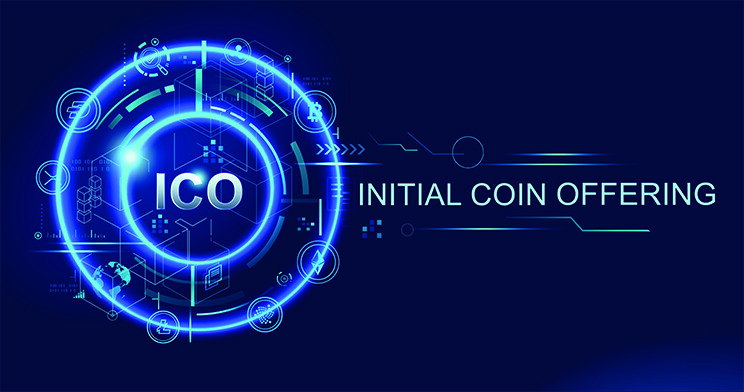
ERC-20 tokens, built on the Ethereum blockchain, have gained popularity in Initial Coin Offerings (ICOs). ICOs are a fundraising method where crypto projects create and distribute tokens to investors in exchange for contributions.
While the ERC-20 standard doesn’t directly revolutionize fundraising, its features like fungibility and divisibility make these tokens suitable. ICOs enable projects to raise funds from the public now, bypassing traditional intermediaries.
Investors receive tokens that offer various advantages, such as early access to features, governance rights, or potential token appreciation, depending on the specific project.
However, it’s crucial to remember that ICOs are inherently risky and speculative investments. The promised future value of tokens heavily depends on project success and market conditions.
Decentralized Finance (DeFi)
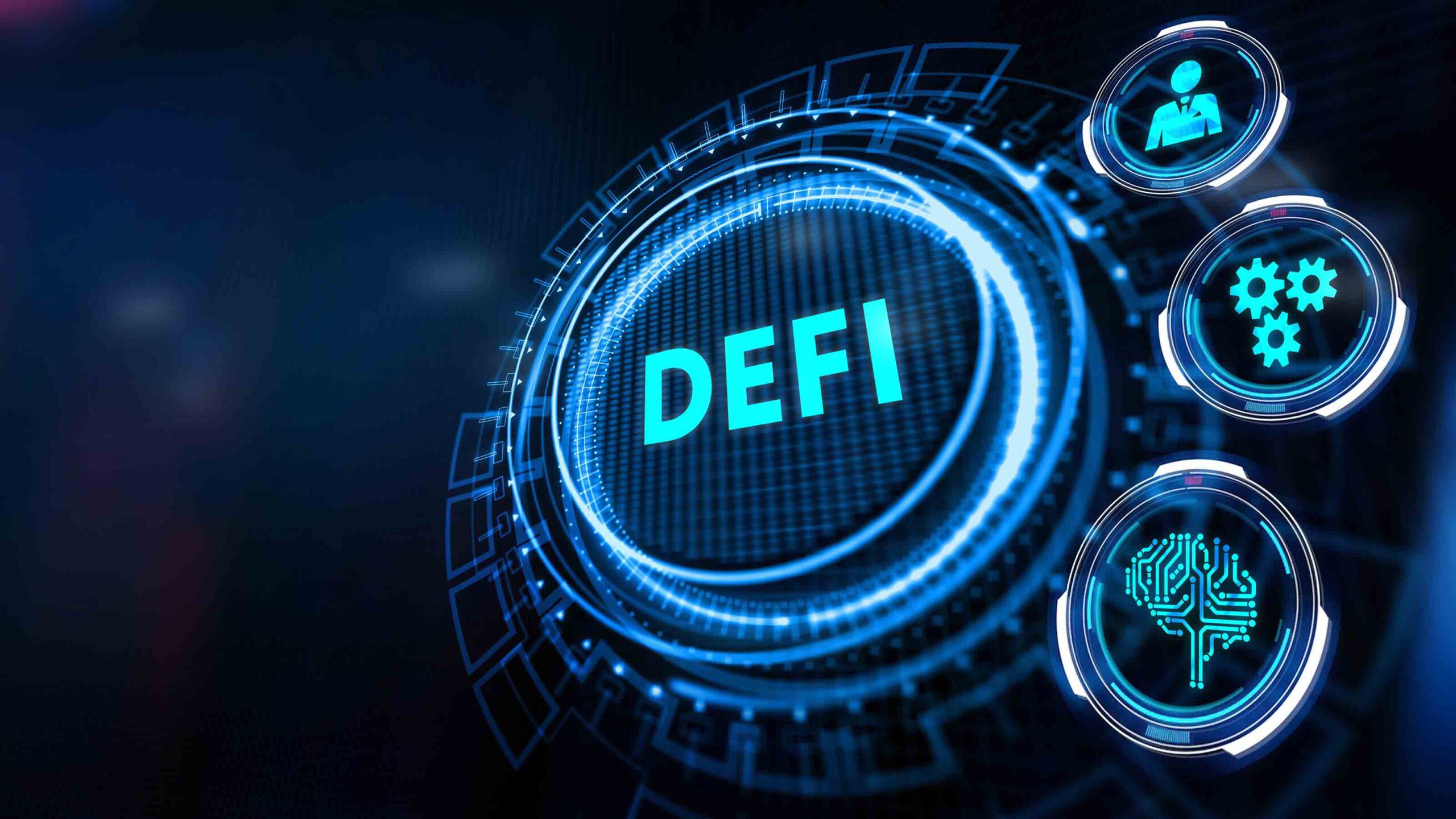
ERC-20 tokens form the backbone of the decentralized finance (DeFi) ecosystem. These tokens are used as collateral, liquidity providers, and governance tokens in various DeFi protocols, including decentralized exchanges (DEXs), lending platforms, and automated market makers (AMMs).
In decentralized exchanges (DEXs), ERC-20 tokens facilitate peer-to-peer trading of digital assets, enabling users to swap tokens directly without intermediaries.
Tokenized Assets
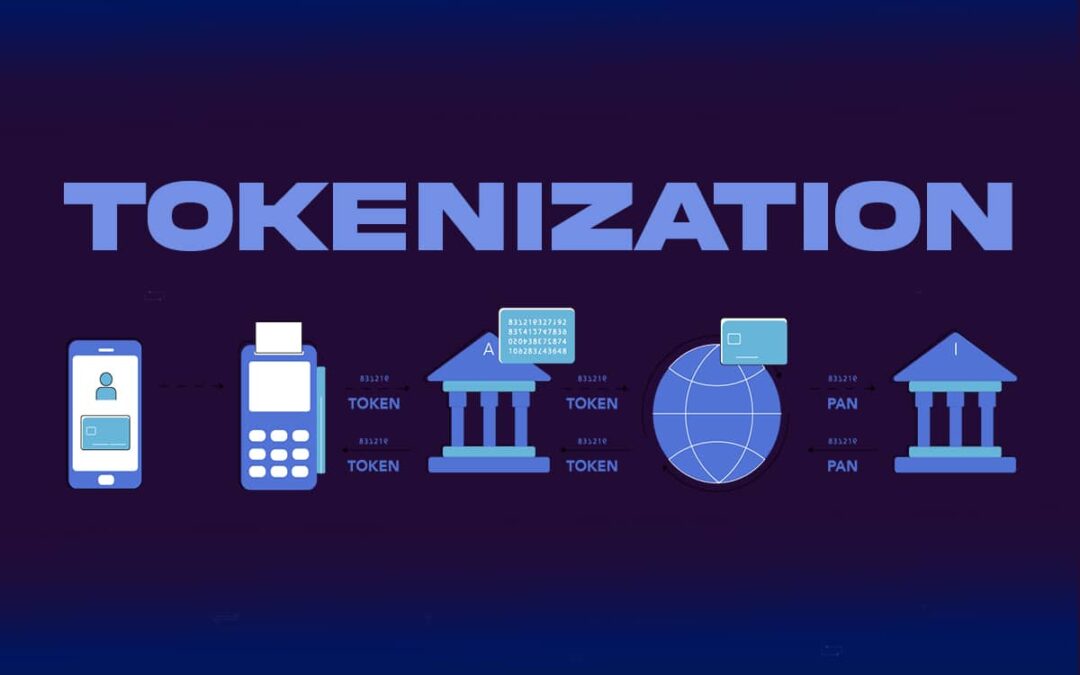
ERC-20 tokens represent real-world assets, such as currencies, commodities, and securities, in a digital form. Through tokenization, assets can be fractionalized, traded, and transferred with greater efficiency and accessibility. These characteristics allow for unlocking new opportunities for asset management and investment.
Non-Fungible Tokens (NFTs)
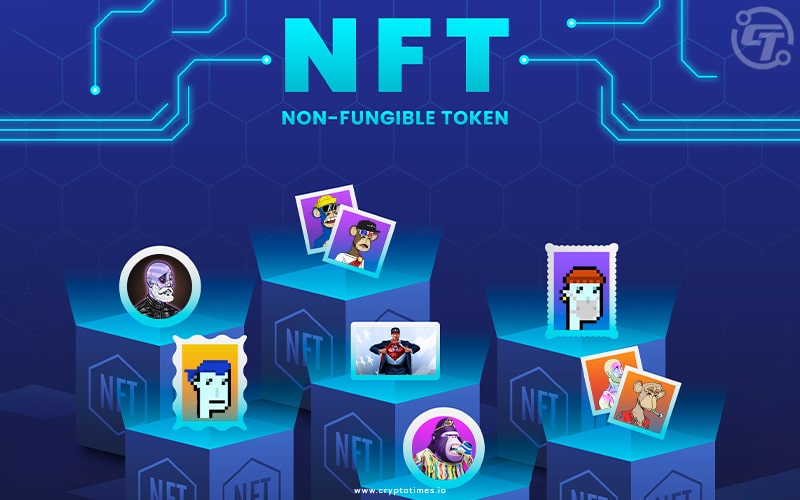
While ERC-20 tokens are fungible, the Ethereum blockchain supports non-fungible tokens (NFTs) through standards like ERC-721 and ERC-1155. However, this doesn’t diminish the role of these tokens, as they can be used to create and manage NFT marketplaces, enable fractional ownership of NFTs, and facilitate in-game economies in blockchain-based gaming.
Tokenized Securities
Tokenized securities based on ERC-20 and other standards can represent fractional ownership of traditional assets like stocks and bonds. It opens the potential for broader accessibility and 24/7 trading on blockchain-based platforms.
However, the actual impact on liquidity, transparency, and accessibility depends on market adoption, regulations, and specific implementation.
Reward and Loyalty Programs

Businesses are increasingly leveraging ERC-20 tokens to create innovative reward and loyalty programs. These programs go beyond customer retention, aiming to incentivize specific actions, gather valuable data, and foster community engagement.
Examples include airlines offering miles as tokens for travel or coffee shops rewarding purchases with redeemable tokens. Tokens provide the advantage of seamless transactions and community building, but challenges like regulations and potential volatility exist.
Governance Tokens
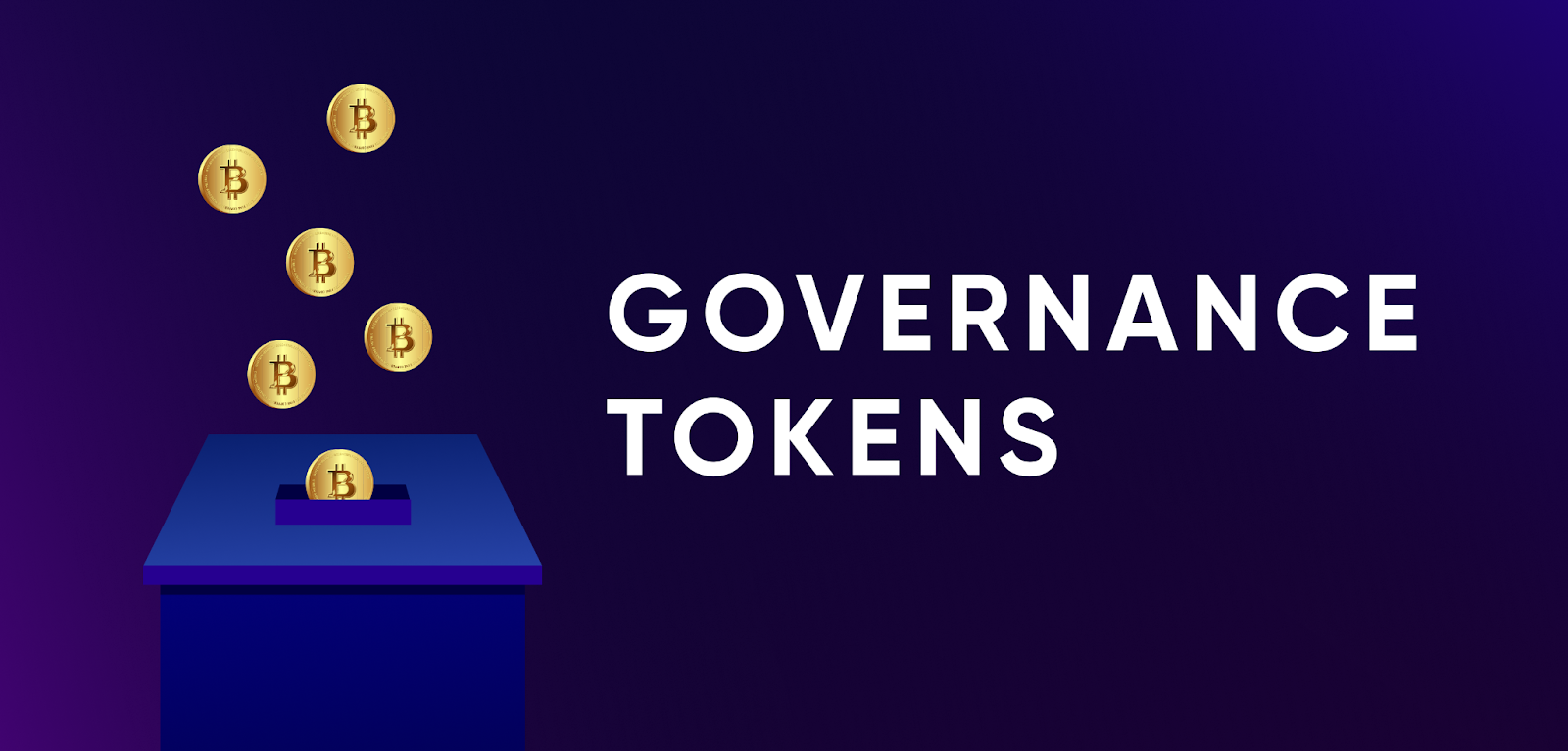
Many projects issue ERC-20 tokens as governance tokens, granting holders voting rights and decision-making power within decentralized autonomous organizations (DAOs) and protocol governance mechanisms. Governance tokens enable community-driven governance and decentralized decision-making processes.
Creating and Interacting with ERC-20 Tokens
Creating ERC-20 tokens involves deploying a smart contract on the Ethereum blockchain that adheres to the ERC-20 standard. Developers can write or generate smart contract code that defines the token’s parameters, including its name, symbol, total supply, and initial distribution.
Several tools and platforms facilitate the creation of these tokens, ranging from blockchain development frameworks like Truffle and Hardhat to token generation platforms such as Tokenlon and OpenZeppelin. These tools streamline the smart contract development, testing, and deployment process, making it accessible to developers of all skill levels.
Once the smart contract is deployed, the ERC-20 token lives on the Ethereum blockchain, and users can interact with it using compatible wallets and DApps.
Users can interact with ERC-20 tokens in various ways, including transferring tokens, checking balances, and approving token allowances for other addresses. These interactions are facilitated through Ethereum wallets that support these tokens and decentralized exchanges (DEXs) that enable token trading.
Transferring Tokens
Users can transfer ERC-20 tokens between Ethereum addresses by initiating a transfer transaction using their wallet software. The transaction includes the recipient’s address, the amount of tokens to move, and any additional data specified by the sender.
Checking Balances
Ethereum wallets allow viewing the balance of ERC-20 tokens held in a specific address. Users can check their token balances to monitor their holdings and track transactions.
Approving Allowances
To enable token transfers on behalf of another address, users must approve an allowance for the recipient address to spend a specified amount of tokens. The allowance mechanism is commonly used in decentralized exchanges and lending protocols.
Additionally, users can participate in token sales, airdrops, and other token distribution events by interacting with ERC-20 tokens through designated interfaces or smart contracts.
ERC-20 Token Standards Evolution
The ERC-20 token standard has served as a cornerstone of tokenization on the Ethereum blockchain, but its evolution continues as developers seek to address emerging challenges and enhance functionality.
While ERC-20 tokens have facilitated significant innovation and adoption, ongoing efforts aim to refine token standards and introduce new features to meet the evolving needs of the ecosystem.
ERC-721 (Non-Fungible Tokens)
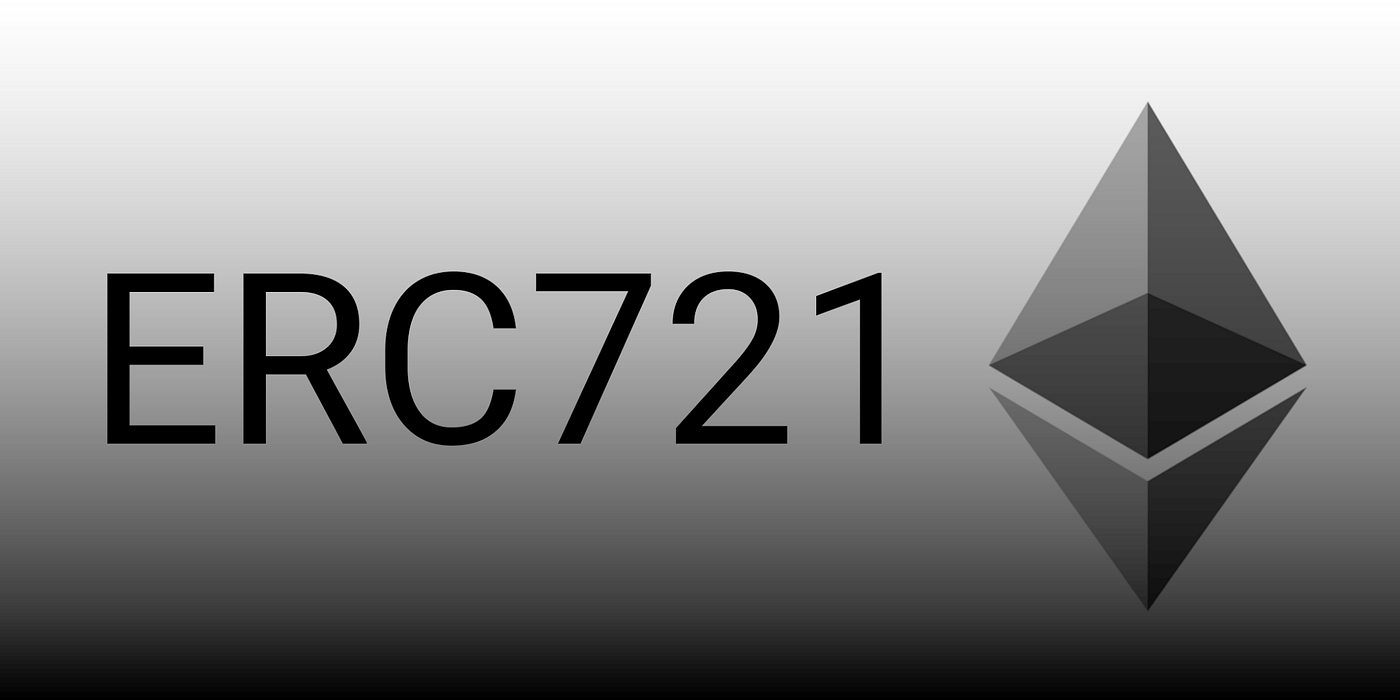
As an extension to the ERC standard, ERC-721 defines a standard for non-fungible tokens (NFTs), representing unique digital assets with distinct properties and ownership. ERC-721 tokens have gained popularity in digital art, collectables, gaming, and other industries where uniqueness and scarcity are paramount.
ERC-1155 (Semi-Fungible Tokens)

ERC-1155 introduces a hybrid token standard that supports fungible and non-fungible tokens within a single contract. This standard allows developers to create tokenized assets with varying degrees of fungibility, such as in-game items, subscriptions, and tokenized securities.
Challenges
While ERC-20 tokens have introduced significant innovation and adoption within the Ethereum ecosystem, they also face challenges and considerations that must be addressed to ensure continued growth and relevance.
Scalability
One of the primary challenges facing ERC-20 tokens and the Ethereum network is scalability. As transaction volumes increase, the network faces congestion and rising gas fees, hindering the efficiency and accessibility of ERC-20 token transactions.
Scalability solutions such as Ethereum 2.0 and layer two scaling solutions have addressed some of these challenges. However, further improvements are still needed to support widespread adoption.
Regulatory Uncertainty
The regulatory landscape surrounding ERC-20 tokens and blockchain-based assets remains uncertain and evolving.
Regulatory scrutiny and compliance requirements vary across jurisdictions, posing challenges for token issuers, exchanges, and users. Clarifying regulatory frameworks and promoting regulatory compliance is essential for fostering trust and confidence in ERC-20 tokens and the broader blockchain ecosystem.
Security and Auditing
ERC-20 tokens are susceptible to security vulnerabilities, including smart contract bugs, token theft, and phishing attacks. Ensuring the security and integrity of ERC-20 tokens requires robust auditing, code review processes, and best security practices. Additionally, ongoing education and awareness efforts are needed to empower users to safeguard their token holdings and mitigate further risks.
Conclusion
ERC-20 tokens have emerged as integral components of the Ethereum blockchain, facilitating digital asset creation, exchange, and management within a decentralized ecosystem.
Their fungibility, divisibility, and compatibility with smart contracts have fueled their adoption across diverse industries, including DeFi, NFTs, and tokenized securities.
Despite facing scalability and regulatory uncertainty, ERC-20 tokens continue to drive innovation and offer transformative opportunities for tokenization, governance, and decentralized finance, shaping the future of blockchain-based ecosystems.




